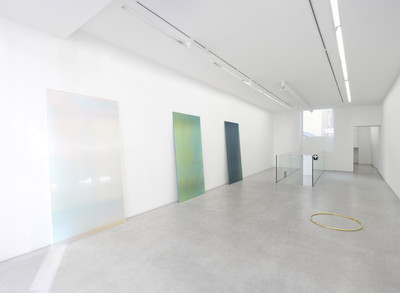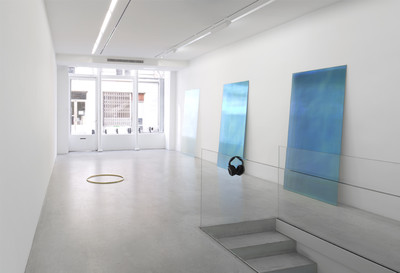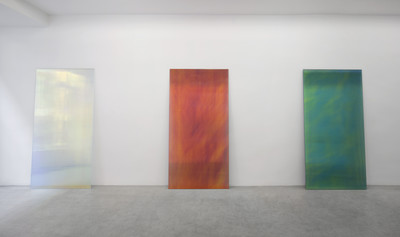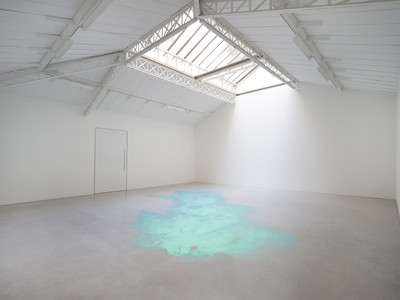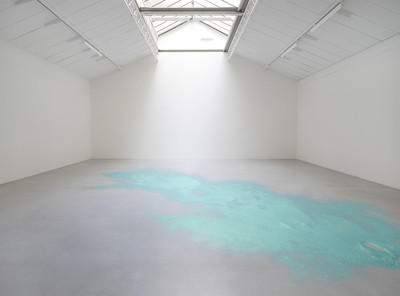Life is an experimental journey undertaken involuntarily. It is a journey of the spirit
through the material world and, since it is the spirit that travels, it is in the spirit that
is experienced. That is why there exist contemplative souls who have lived more
intensely, more widely, more tumultuously than others who have lived their lives
purely externally. The end result is what matters.
What one felt was what one experienced.1
Fernando Pessoa
Consciousness needs force, unity, and independence. The works of Ann
Veronica Janssens elude this desire for...
Read more